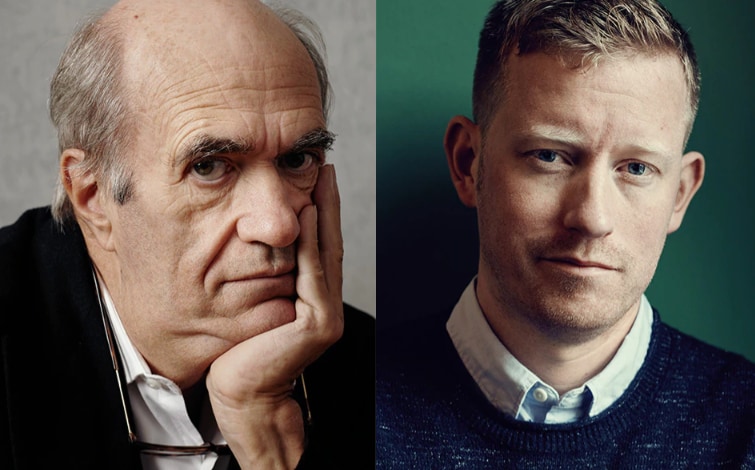Join us on this journey back in time for Rolex and Art. Many years ago, during the Hellenistic period, a list of the arts was made. The seven arts were grammar, rhetoric, dialectic, arithmetic, geometry, astronomy and music. It was not until the Renaissance that the figure of the artist and his activity was given greater recognition. This was the start of the artist’s association with humanism. There is no commonly accepted order to the arts, but Ricciotto Canudo, in his Manifesto of the Seven Arts (1911) lists them as follows: architecture, sculpture, painting, music, dance, poetry, literature and cinema.
Rolex and art have been closely associated for decades.
The Geneva-based brand seeks to promote the preservation of masterpieces and to encourage art to be passed on from generation to generation through the “Rolex Arts Initiative for Mentors and Mentees”, a program created to make contributions to global culture. The program seeks young, talented artists from around the world to unite them with masters in their art for a period of creative collaboration in a one-on-one mentoring relationship. The disciplines included in this initiative are music, architecture, dance, literature, film, theater and the visual arts.
Pausing on Rolex’s relationship with the art of literature allows us to point to a beautiful, moving story offering a different point of view from the reality we live in: what is art, if not that?
Rolex and Art: Colm Tóibín and Colin Barrett
The shared quest of the Irish literary laureates. In this example, the collaboration between writer Colin Barrett and his mentor Colm Tóibín was based on a deep reflection on the mechanics of writing. This mentorship resulted in the completion of Barrett’s first novel: The English Brothers. The writers described this mentorship as a deep communication of a kind not even shared with their significant others.
“We’ve been able to talk in a way that’s not even possible with the people closest to you”.
“If you start explaining to them how you use the pluperfect in a novel, they’re going to say, ‘Can we have some peace in this house, without you going on and on about the technique of writing?’ So having another writer around, for whom these issues are also important matters. It was great. I was able to talk to him in a way that I haven’t been able to talk to anyone else”.
Of all the arts, literature is the trickiest. Writers tend to be independent, work alone and create for themselves. The bond between the two writers as a result of this mentorship became a “literary friendship” (that’s how they define it). Both emphasize the mutual support and inspirational exchange.
Their contact was not interrupted by Tóibín’s cancer treatment. Even in those circumstances, they kept in touch by email. The most memorable moment of the mentorship was when they attended together the Centre d’Art i Natura in the Catalan Pyrenees, a retreat for international artists, where they talked about their projects, their ambitions and their past. A past that brought Tóibín back to his time spent with John McGahern at the beginning of his career; he taught him to realize that you can never let yourself get too comfortable.
What is the secret of this incredibly productive relationship? There is no easy answer. Many will appeal to the Irish origin of both, although they grew up in different times. But the truth is that their personalities are not even similar. Perhaps it is their passion for art, their generosity or their cordiality. But it is not only their works that constitute a masterpiece. They have also created one in their relationship.
The link between Rolex, art and literature has been consolidated over the years to become part of the history of the brand.


